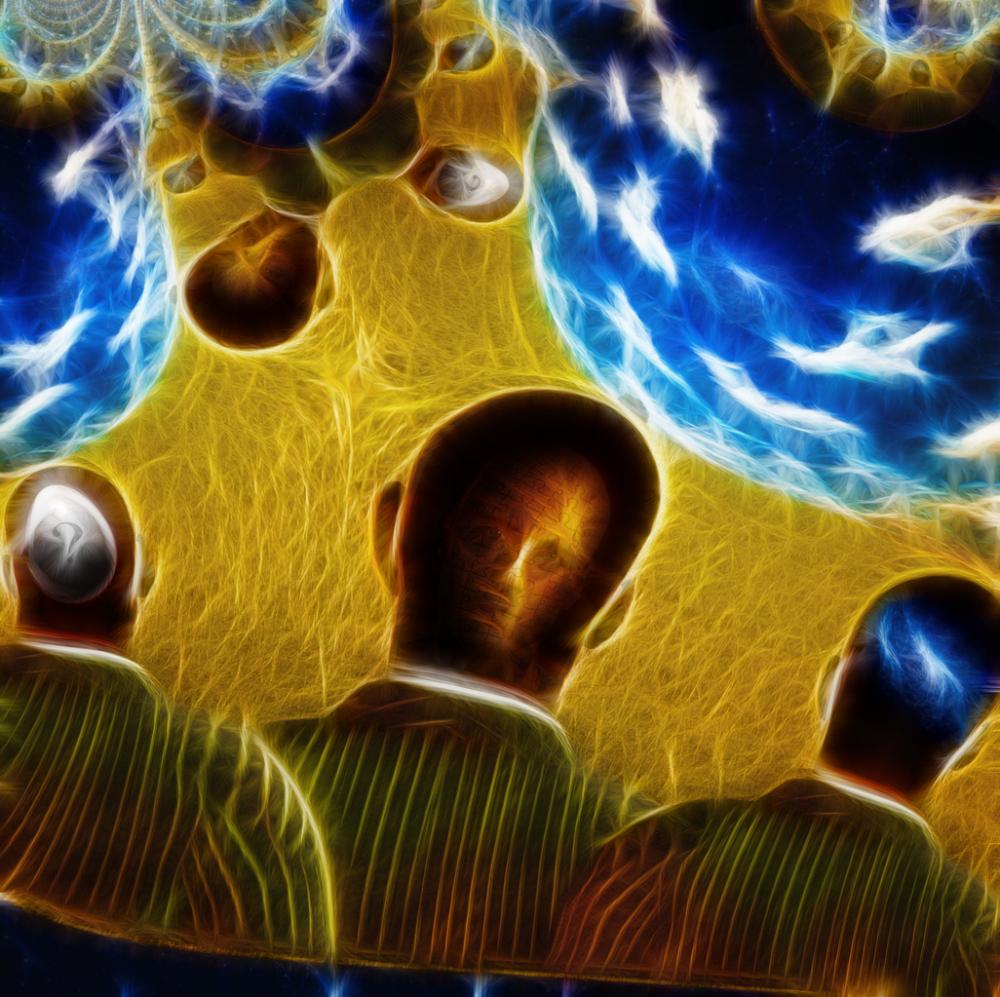
10 October, 2024

Dr Richard Roche
Posted: 23 May, 2018

Our theme for May is ‘The Senses’, and here we welcome our guest blogger, Dr Richard Roche from the Department of Psychology at Maynooth University. Dr Roche was awarded New Horizons funding from the Council for his project, ‘SEAN-Key: Supported Episodic Autobiographical Noesis for health older and memory impaired adults’.
We experience the world, and comprehend it, through our senses. The different sense modalities – sight, hearing, taste, touch, smell – take in information from the environment, translate it into a code our brains can use, and process that code, allowing us to identify familiar faces and voices, recognise distinct flavours and aromas, experience different textures. And, since each of these senses seem quite different from each other, we tend to think of them as quite separate and independent – sight dealing with vision, hearing with audition and so on. But in some rare individuals, the lines are blurred, and the senses can intermingle; such individuals are known as synaesthetes.
Synaesthesia – deriving from the Greek for a union of the senses – is a perceptual condition in which stimulation of one sense modality (for example, vision) gives rise to an experience in a different modality (such as hearing). In this way, a synaesthete may effectively “see” music, or “hear” a painting, or “taste” words. Occurring in an estimated 2%-4% of the population, over 60 types of synaesthesia have been identified to date; some types, like grapheme-colour synaesthesia (where people have a coloured alphabet, or coloured days of the week/months of the year) are more common than others (like tasting words or feeling tactile sensations in response to perceiving colours). Synaesthetes also fall into two broad categories: projectors (who might actually perceive a colour, say yellow, in response to hearing the word ‘Wednesday’) and associators (who are merely aware that Wednesday is a yellow thing). Synaesthetes have a unique and fascinating way of experiencing the world, and a number of noted artists (e.g. Wassily Kandinsky, Vincent van Gogh), musicians (e.g. Pharrell Williams, Duke Ellington) and writers (e.g. Vladimir Nabokov, Arthur Rimbaud) are either confirmed synaesthetes or are suspected to have had synaesthetic-like experiences, leading to suggestions of heightened creativity among synaesthetes.
But such people are more than just interesting curiosities with a different way of perceiving the world – research into synaesthesia can tell us much about how our senses work, in both synaesthetes and non-synaesthetes alike. Neuroscientists – including Irish neuroscientists John Foxe, Kevin Mitchell and Fiona Newell – have demonstrated how, in the brains of synaesthetes, there are structural connections between the areas responsible for the processing of the different senses, leading to suggestions that such interconnections may be present in all brains in childhood, but these pathways are pruned away for non-synaesthetes, leaving the senses cut off from each other. In a recent paper, Francesca Farina, Kevin Mitchell and I reported two cases where a rare form of synaesthesia was lost (due to trauma or taking medication), only to return again later, in one case over 10 years later. Upon restoration, the synaesthetic experiences were almost identical to how they had been before, suggesting some long-lasting physical representation in the brains of these synaesthetes.
The scientific study of how synaesthetes perceive the world sheds light on more than just their own idiosyncratic experience; it may also reveal much about the nature of non-synaesthete brains. In order to develop written language, humans learned to pair the visual appearance of each letter with a distinct sound, so this mixing of the senses may not be as strange as it first seems; it’s quite likely that everyone possesses some form of synaesthetic ability. By conducting research with synaesthetes and exploring these differences in their perceptions, we not only begin to understand them better, but also – ultimately – ourselves.
Dr Roche established Ireland’s first high-density EEG laboratory, with research interests in memory, spatial representation, psychosis, stroke, and decision-making. He has published 22 research articles, a book, and is Associate Editor for Frontiers in Human Neuroscience. He has served on the Neuroscience Ireland committee from 2005-2014, as Vice-President 2010-2012 and President 2012-2014, and was the founding President of the Irish Brain Council in 2013.
Disclaimer: The opinions expressed in our guest blogs are the author’s own, and do not reflect the opinions of the Irish Research Council or any employee thereof.